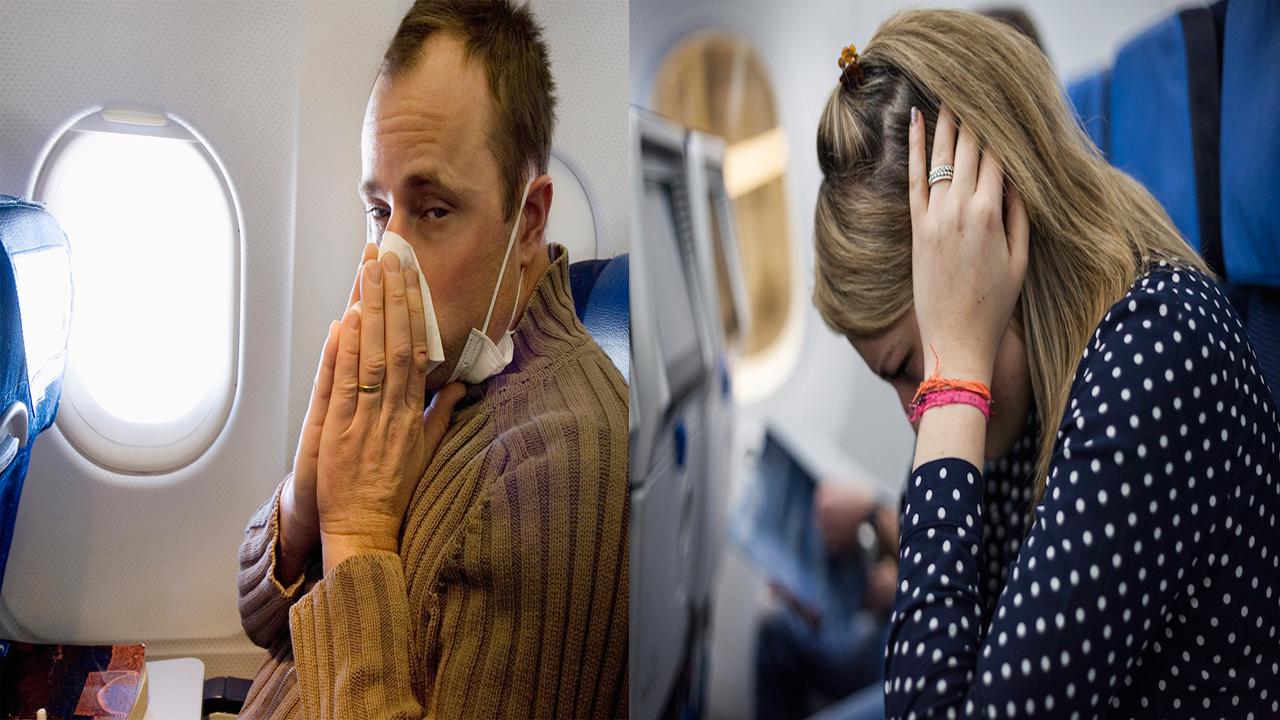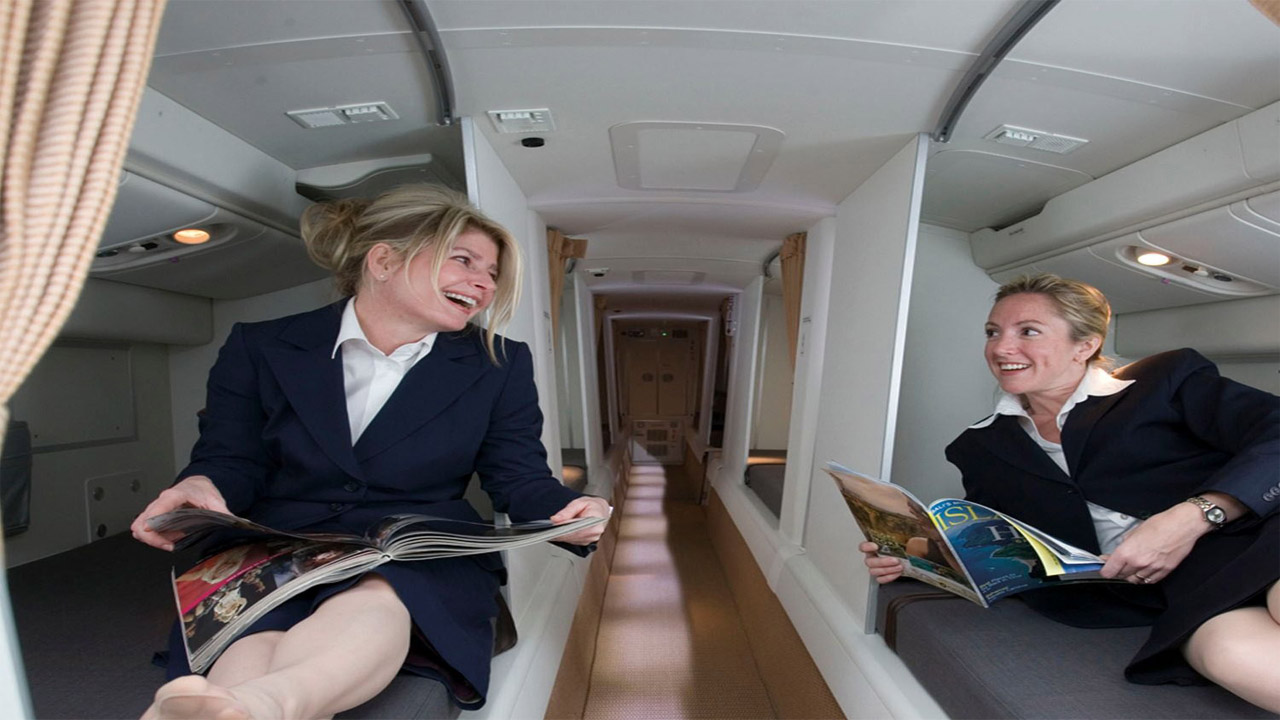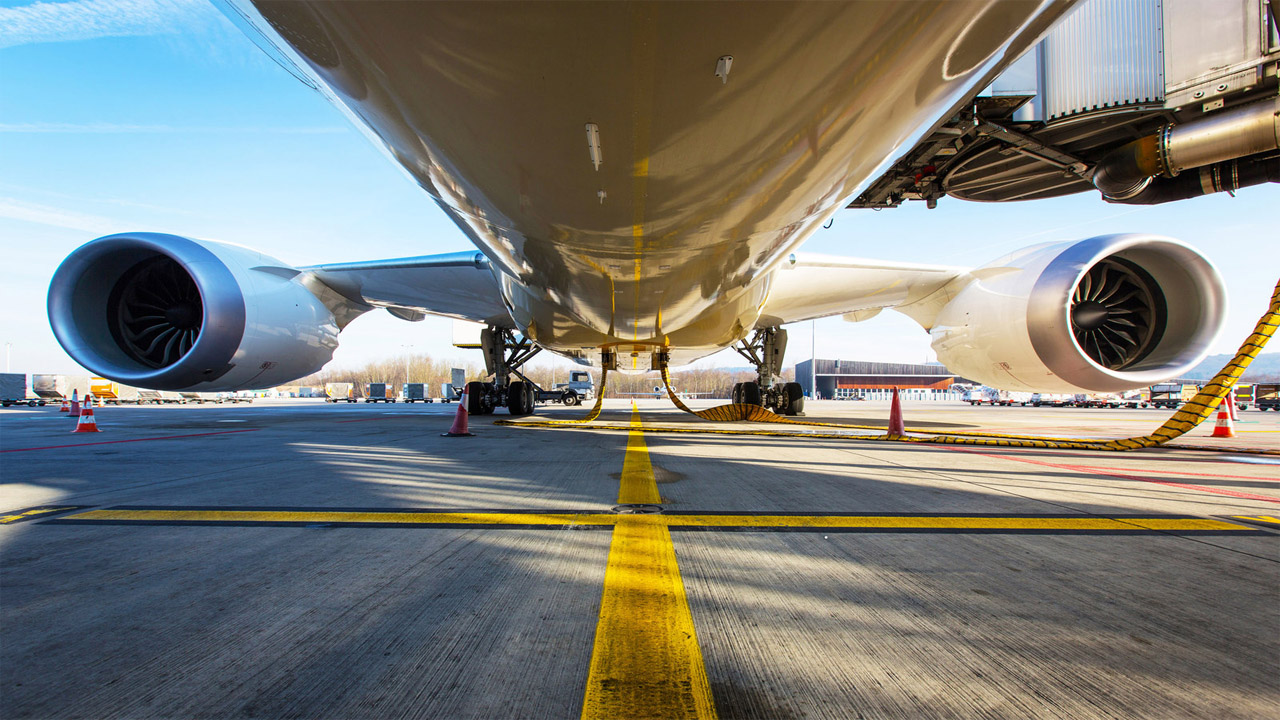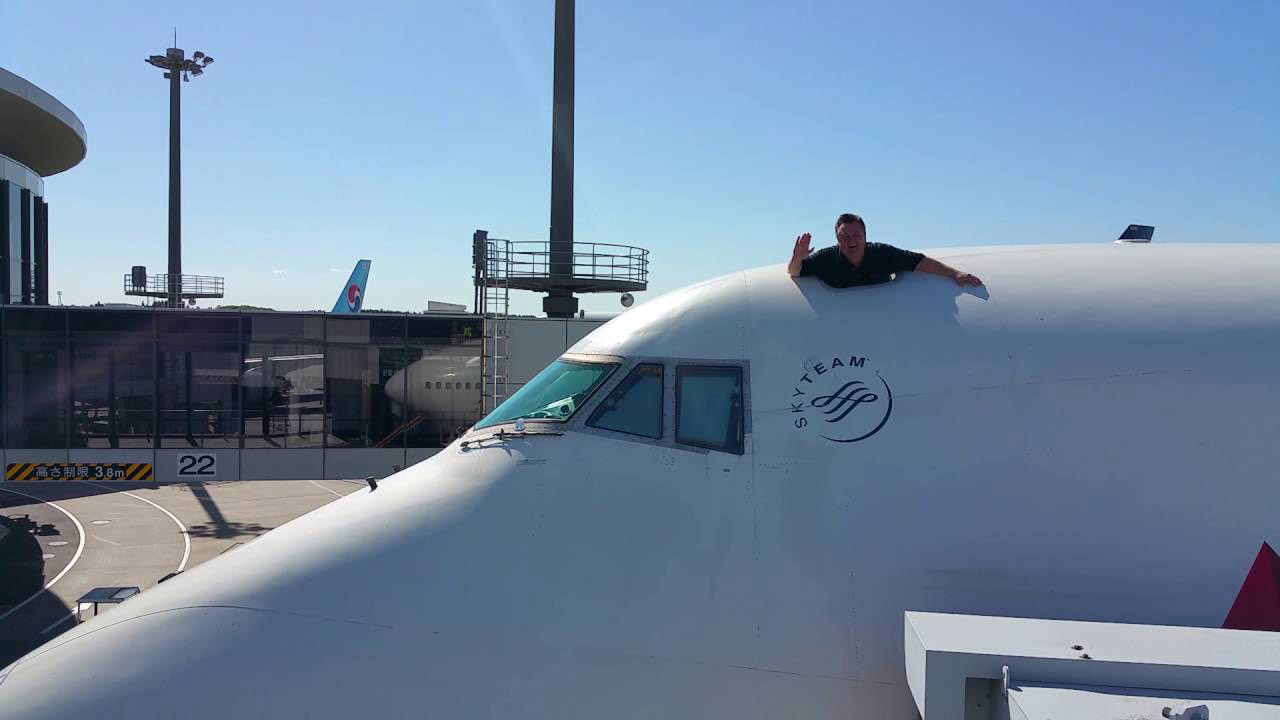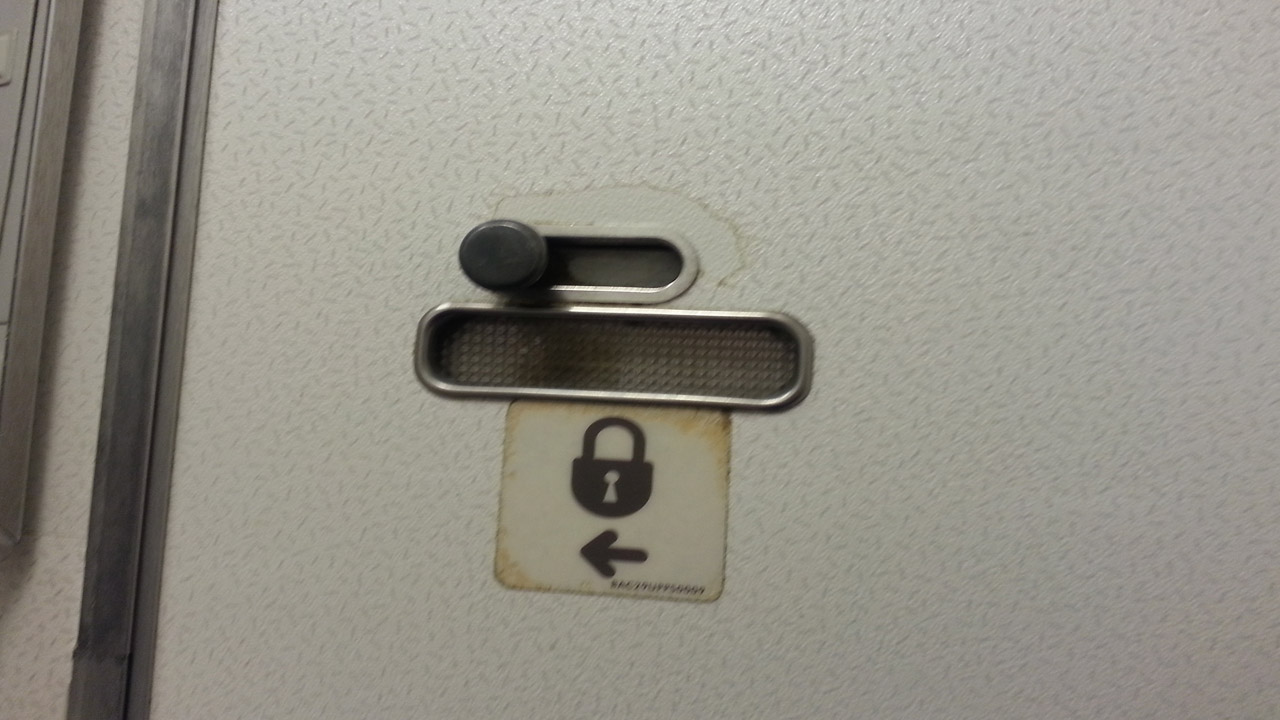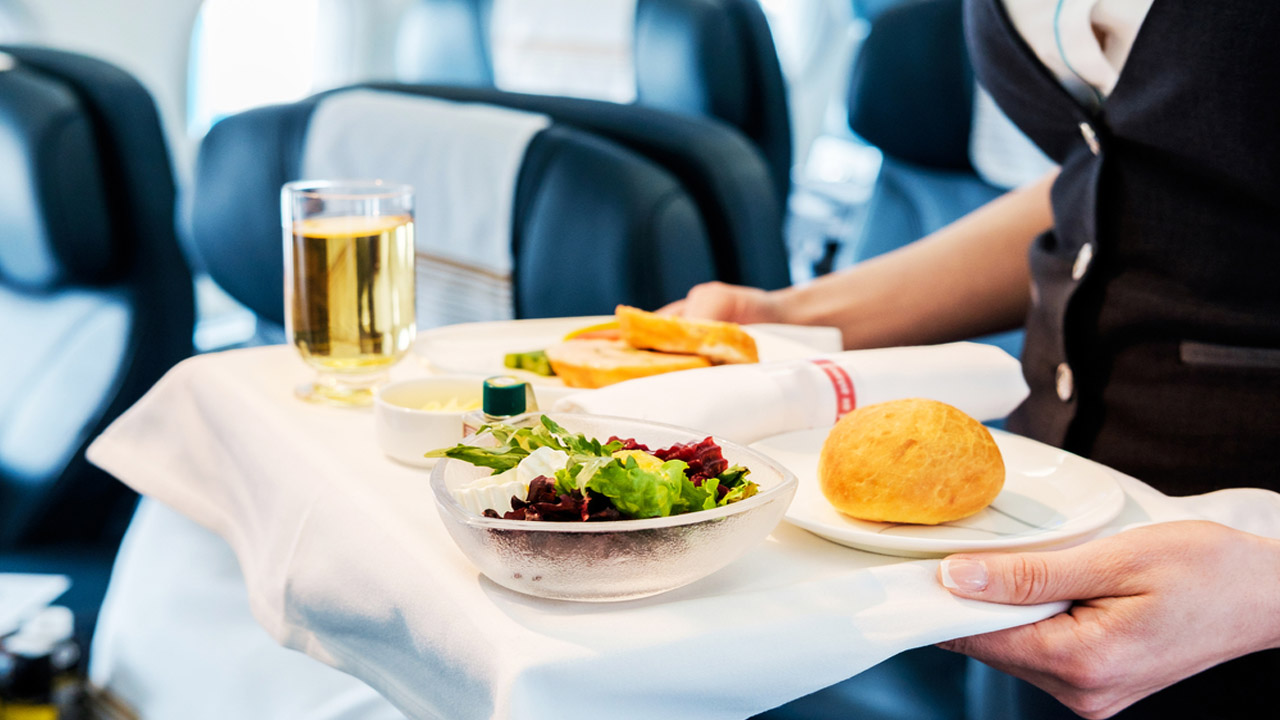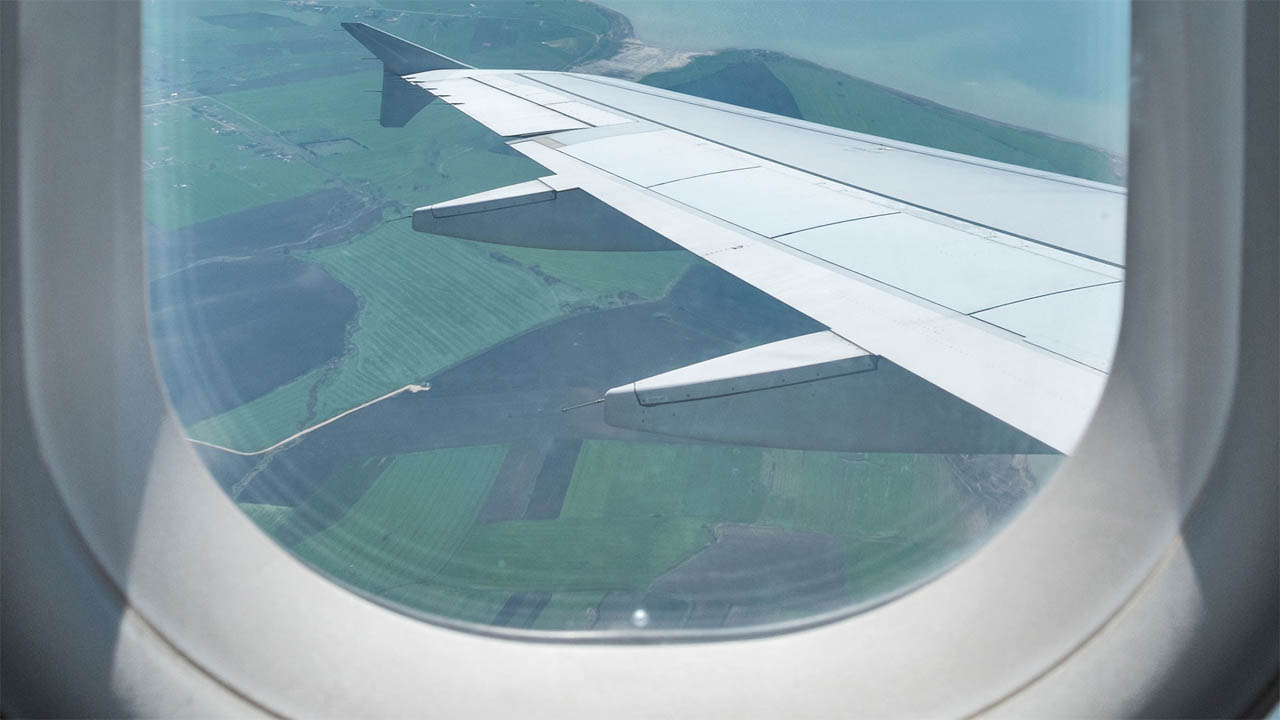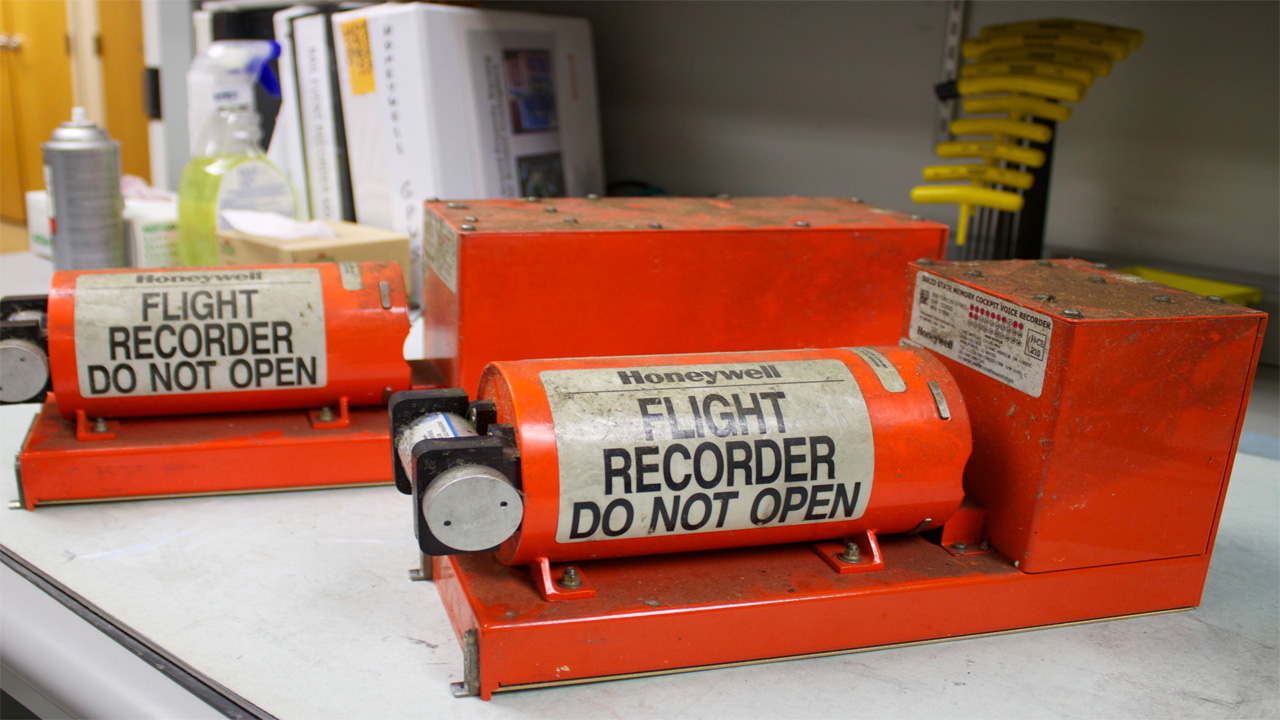#1 You Should Never Flush While Sitting On An Airplane Toilet
There are many people who flush the toilet while they are still sitting on it. While this is perfectly safe to do at home, you should never do it on a plane. Airplane toilets are vacuum toilets. They are designed to remove waste with very little water. The suction from the vacuum pulls the waste into a holding tank where it remains until after the plane lands. If you flush an airplane toilet while you are still sitting on it, the suction can create pressure, causing you to get stuck. This is why there are signs in the bathroom that read, “Do Not Flush While Seated.” If you flush while seated, you could find yourself in a very embarrassing situation.
#2 Flying With a Cold or the Flu Ca be Damaging To Your Eardrums
Many people who fly report ear discomfort. When the altitude in the plane changes suddenly, the eardrum doesn’t have enough time to equalize with the pressure which causes discomfort. Fortunately, there are ways to alleviate the discomfort. Some people chew gum, some swallow, and some force their ears to pop. If you have a cold or the flu, your ears may already be blocked. This can make it difficult for your ears to equalize the air pressure. This can result in an ear infection or a ruptured eardrum. Each of these can result in hearing loss.
#3 There Is a Private Rest Area For the Crew
Many people feel bad for the crew on long-haul flights because they believe that there is no place for them to rest. This is not the case. Most Boeing 777 and 787 planes have a place for the crew to rest. The resting quarters are very small so that there is enough room for the paying passengers to sit. If you are on a plane, you won’t be able to see the crew’s rest area on the way to the bathroom. This is because you need to take a secret staircase to the resting quarters. If your flight attendant looks tired, don’t worry. There is a good chance that they will be able to take a nap in their private quarters during their scheduled break.
#4 Airplanes Can Fly For a While With Just One Working Engine
If you are on a plane and one of the engines die, you don’t need to panic. Twin-engine planes are designed to fly for a long time with just one functioning engine. The plane can take off, fly, and land with just one engine. If both engines go out, you still don’t need to panic. Pilots are trained to fly a plane to the nearest airport with no engines and make a safe landing.
#5 There Is an Escape Hatch Located In the Cockpit
Passengers have several emergency exits on a plane in case of an emergency. Before the plane takes off, the flight attendant will go over the location of all of the emergency exits. What you may not know is that there is an escape hatch for the pilot in the cockpit, complete with ropes just in case the pilot needs to climb down. If you are ever in an emergency on a plane, you should use the passenger escape routes. If you try to get to the cockpit you will be wasting your time because there is a good chance that you won’t be able to get in.
#6 The Bathroom Door On a Plane Can Be Opened From the Outside When Locked
If you go into the bathroom on a plane and you lock the door, you should know that you aren’t truly locked in. This is a safety feature designed to allow the flight attendants to get into the bathroom if there is an emergency. If you lift the panel on the door that reads, “toilet” or “lavatory”, you will find the door’s unlocking mechanism. If you slide the latch on the mechanism, it will unlock the bathroom door.
#7 The Real Reason Why Airplane Food Tastes Bland
Of the 10 facts you probably never knew about airplanes, this one is the most interesting. Most people aren’t very impressed with the meals served on a plane. Some people think that because so many people eat on airplanes that the airline doesn’t put much thought into the food. This may not be the case. When you are flying, you taste buds can go numb due to the pressurized environment. When your taste buds are numb, you won’t be able to taste your food as well as you could if you were on the ground. The next time you try to blame the airline for the bland food, you should blame it on your own taste buds.
#8 The Purpose Of the Tiny Hole In Airplane Windows
If you have ever looked out an airplane window, you would know that there is a tiny hole in the window. This is there to regulate the air pressure between the windows. When the plane reaches a high altitude, the pressure in the cabin will drop. The little hole in the window regulates the pressure so that the windows don’t break. The hole also keeps the window from fogging up by releasing moisture through the hole.
#9 The Oxygen Masks On a Plane
If the cabin of a plane loses pressure, it can make the oxygen level low. When this happens, the oxygen masks will drop down so that you can breathe. The oxygen masks have enough oxygen to last 12 to 15 minutes. This is enough time for the pilot to get the plane to an altitude where there is enough air to breathe.
#10 The Black Box Can Withstand A Lot
The black box on a plane is a recorder that stores information on the flight control, the technical information on the plane’s performance, and conversations between the crew members and air traffic control. The black box is very important if the plane crashes or if it disappears. The box is capable of withstanding temperatures of over 3,000 degrees Fahrenheit. It can withstand 3,400 times the force of gravity, and it can emit a signal beacon every second for 37 days. This is true even if the plane is 20,000 feet underwater.


